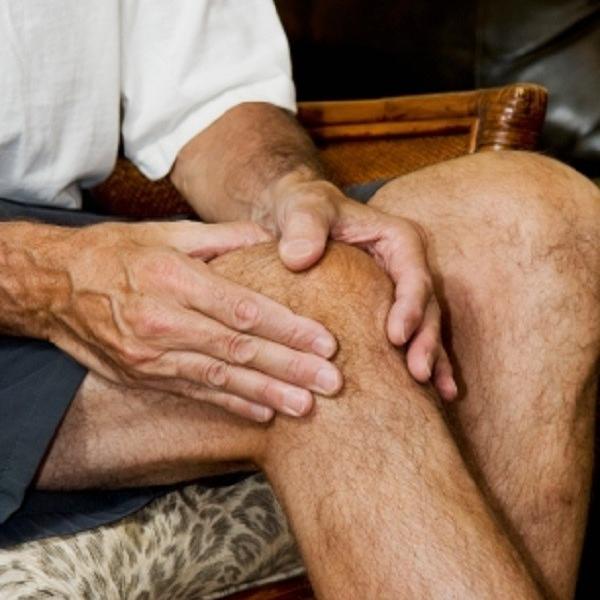Return to an active life after joint replacement with physical therapy

A new knee, hip, or shoulder can be a huge blessing for someone who has lost function or mobility due to joint disease. However, joint replacement surgery is just one aspect of returning to an active life. Physical therapy is crucial to a full recovery.
“Through physical therapy, patients are able to restore function and get back to what they were doing before surgery,” says John Lemen, physical therapist at ATI Physical Therapy in Bear, DE. “The goal is always to improve a patient’s strength and flexibility to get them back to living life.”
First and foremost, patients should remember that the rehabilitation process often begins before the actual joint replacement. Patients should ask their surgeon about how to best prepare for surgery through physical therapy and exercise.
“The stronger you are before you go into surgery, the better mobility you’ll have after surgery,” John says.
“In addition, an evaluation with a physical therapist prior to surgery provides a base line measurement of function and helps to determine the treatment plan and progress following surgery,” says Jean-Christopher Sales, physical therapist at ATI Physical Therapy in Woodridge, IL.
Here are a few other things joint replacement patients should keep in mind:
- Patients should expect to be in physical therapy for at least two months. There are many factors that determine how long a patient will require rehab, including age, gender, prior level of function, goals and the reason for joint replacement. Patients often begin therapy in the hospital, then transition to a week or two of home care or therapy at a specialized in-patient rehab facility. Approximately, four weeks after surgery, patient begin outpatient physical therapy which generally lasts four to six weeks, but can continue for many months if needed.
- Physical therapy starts immediately. For most patients, physical therapy begins only a day after surgery. Beginning therapy early helps expedite the healing process.
- Early treatment is usually very conservative. Your physical therapist will initially concentrate on increasing flexibility, range of motion, and reducing pain. “Typically after surgery, the joints are stiff and the muscles are hyper-sensitive. We use manual therapy to relax the joint and reduce swelling,” says Jean-Christopher. “Electrical stimulation and ultrasound may also be used to stimulate the lymphatic system to reduce swelling and relieve pain.”
- Functional Exercises begin with the core. Following conservative treatment, your therapist will begin functional exercises to build strength, increase flexibility and help you return to an active life. Jean-Christopher is a big proponent of first focusing on the core muscles to create stability.
- Continued home therapy is an important part of the recovery process. One of the best things patients can do is perform home therapy on their days off, John says. Since patients only come to therapy about three days per week, it’s important to keep up with exercises the other four days of the week.
- Stay motivated by setting short and long term goals. Your therapist will help you set short term, attainable goals to help monitor your progress. With joint replacement surgery, it is important to take many precautions and not push too hard, too quickly.
- Be honest. The patients who have the best physical therapy results are always honest with their therapist and doctor, says Jean-Christopher. Explain your pain and let your therapist know if you are having difficulties with an exercise.
- Activity shouldn’t stop after physical therapy stops. Once a patient is able to return to the activity he or she originally hoped to do, it’s okay to step away from the home therapy program. However, patients should continue regular exercise and physical activity to stay in good shape.
